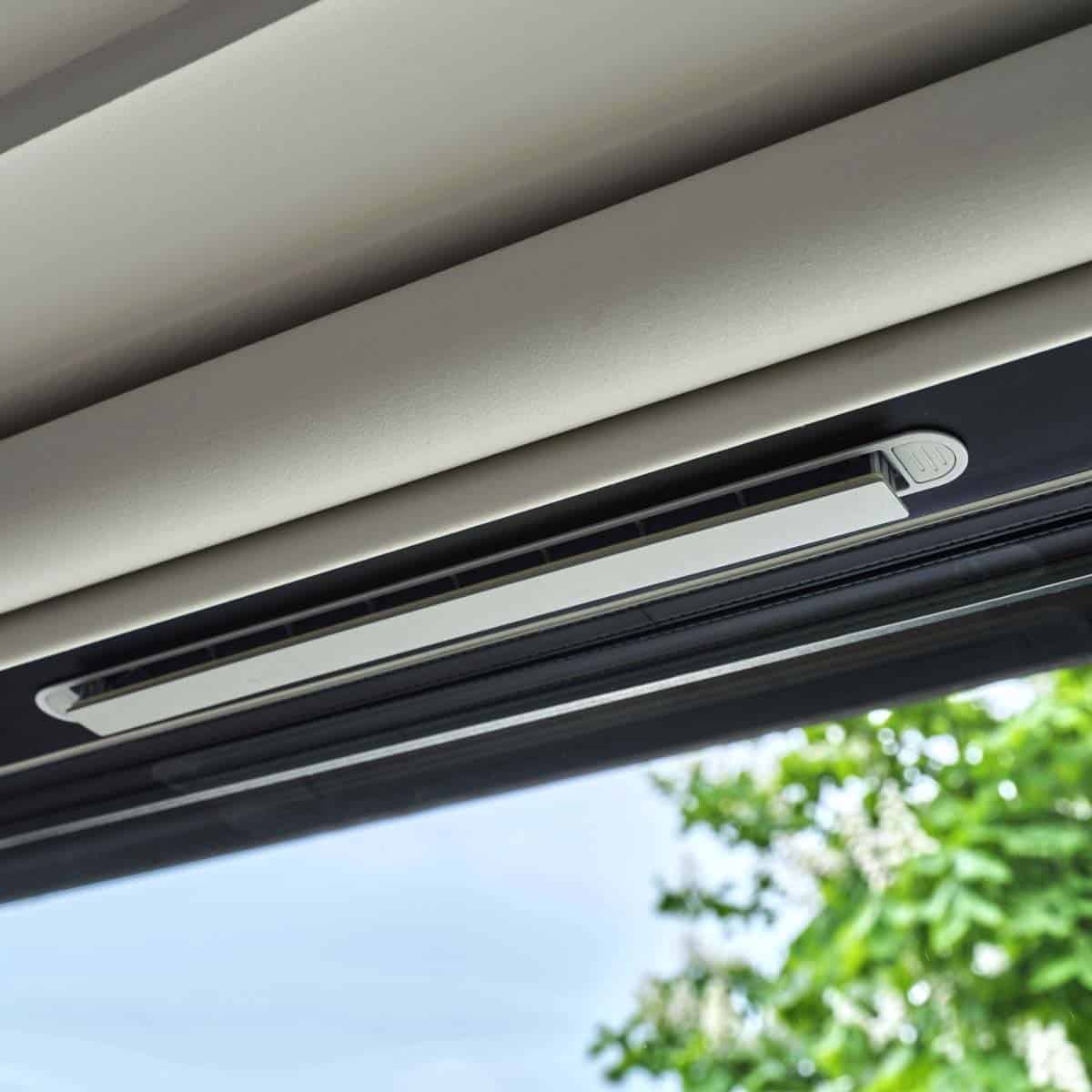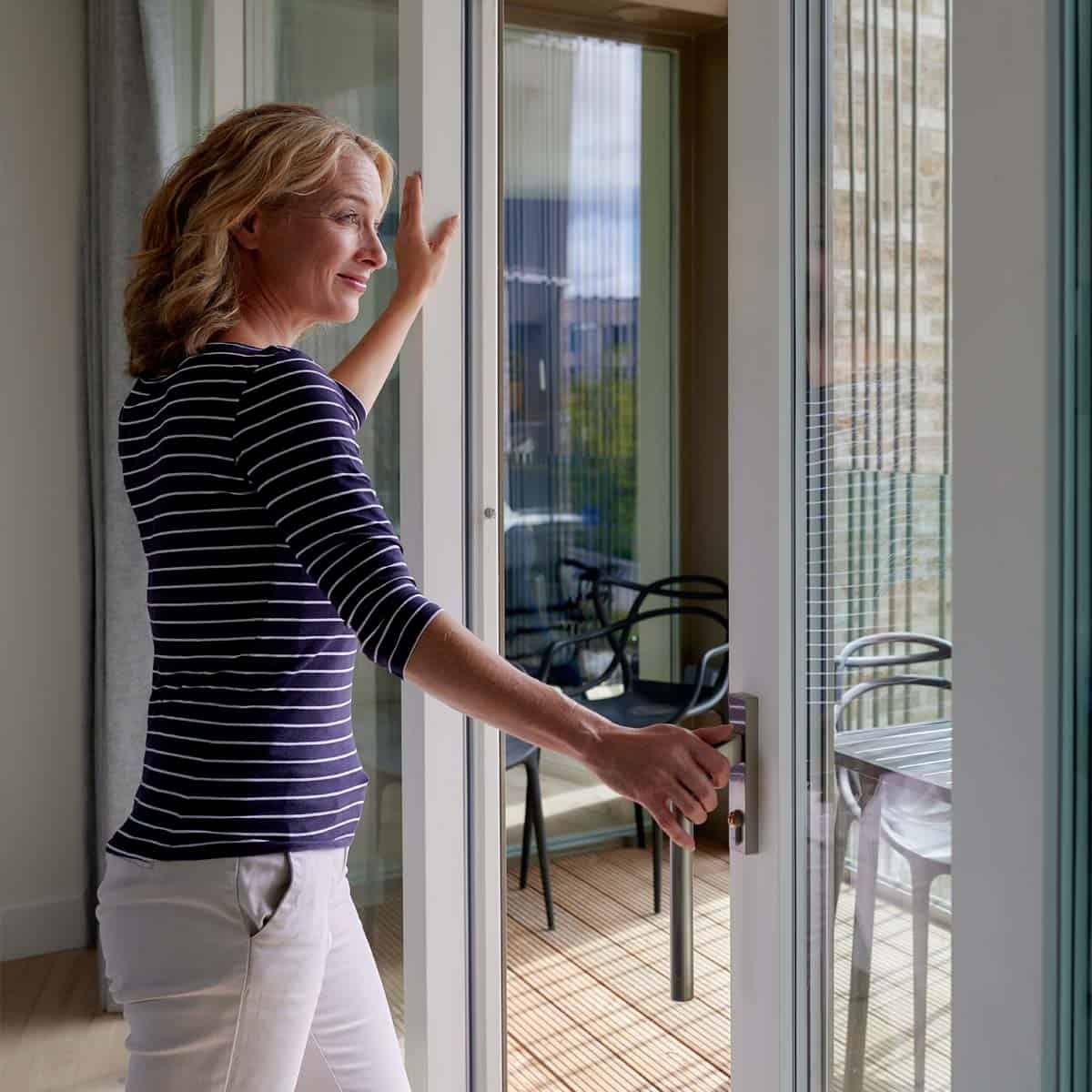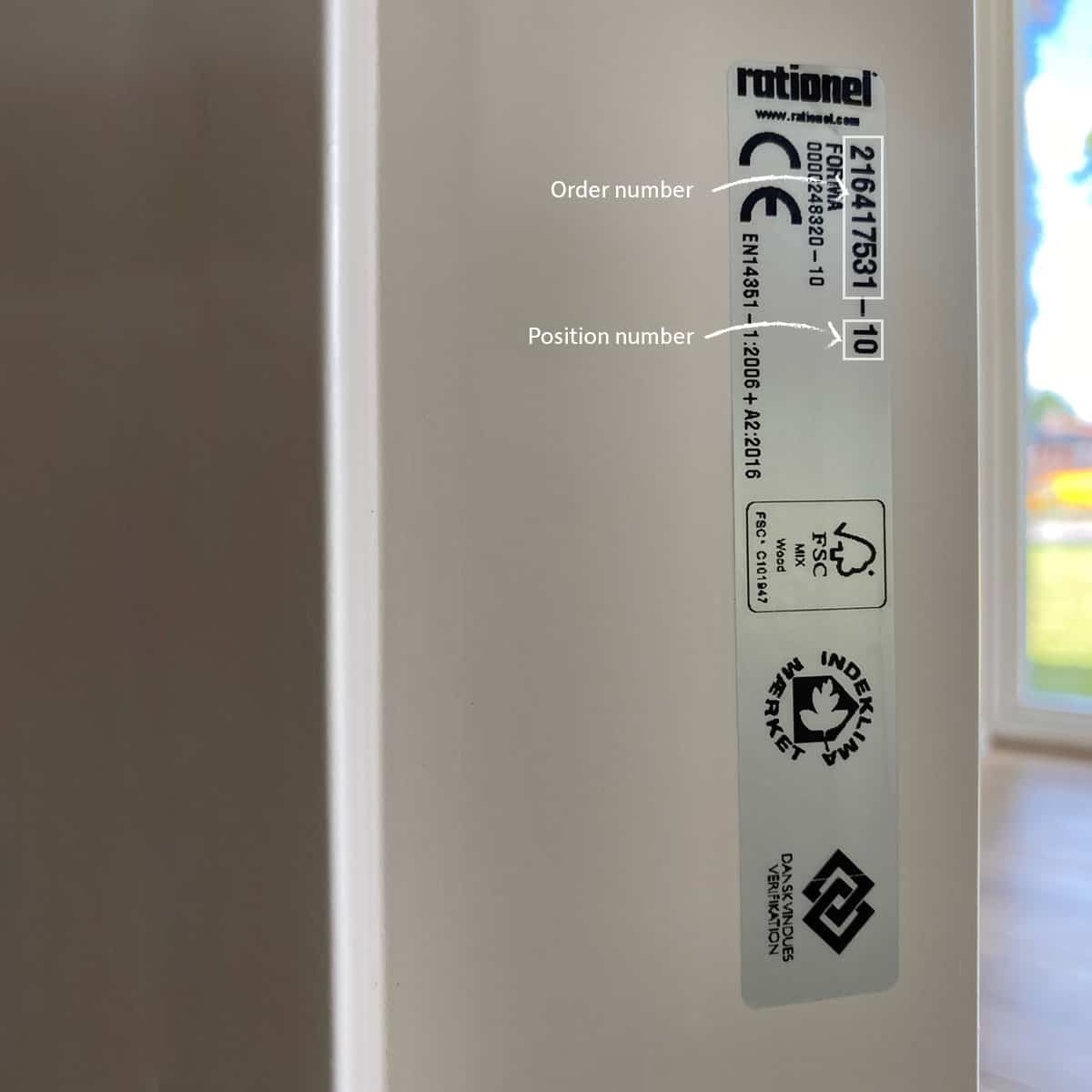Minimising moisture inside your home is a priority if you want to create a good indoor climate. It’s easy to do so through proper heating and ventilation, but there are some other steps you can take to really optimise the result.
Ventilate your rooms
Reducing the accumulated moisture in your home before the winter months is particularly important to prevent any build up of damp. This can be achieved by fully opening all of your windows for a few hours. Particular attention should be paid to ventilating wet rooms and bedrooms, daily if possible, as these rooms are often a lower temperature which is favourable for condensation.
Check your outlets (shaft)
Annually cleaning the external entrance to your trickle vents will ensure they perform at their peak. Vents are usually located through walls or windows and should be cleared of any dust, cobwebs or foliage. Rationel trickle vents are protected with insect mesh to prevent debris entering the interior.

Choose vents
Trickle vents are ideal for maintaining air circulation, particularly in colder months when an open window may be undesirable. A number of Rationel windows also come with a night-vent function, meaning the sash can be locked in a slightly open position for secure ventilation.
Think about suitable air change levels
Air change requirements differ between rooms in your home, with bathrooms and kitchens requiring the highest level of ventilation. Rooms should ideally be aired via window opening for 5-10 minutes per day, this will ensure the air within your home is fresh.

Allow air to circulate
Leave doors open between the different rooms in your house so that air can circulate freely throughout the day.
Keep a constant temperature
Maintain a constant indoor temperature throughout all rooms. 20-21 degrees is ideal.
Open windows when drying clothes
Wet clothes create plenty of moisture. For this reason, it’s important to keep windows open if you choose to dry your clothes indoors.
Mechanical ventilation
If you have mechanical ventilation, it is important that it is set correctly in relation to your particular property and that the facility is regularly maintained according to supplier’s instructions.
Pay attention to new windows in an older house
If you live in an older house where the windows have been replaced with new ones, it’s quite natural for the windows to become externally misted in colder months, as the house has become more airtight. You should ensure that your property has adequate ventilation openings through exterior walls and ducts in the ceiling (ideally there should be at least one in each room).


